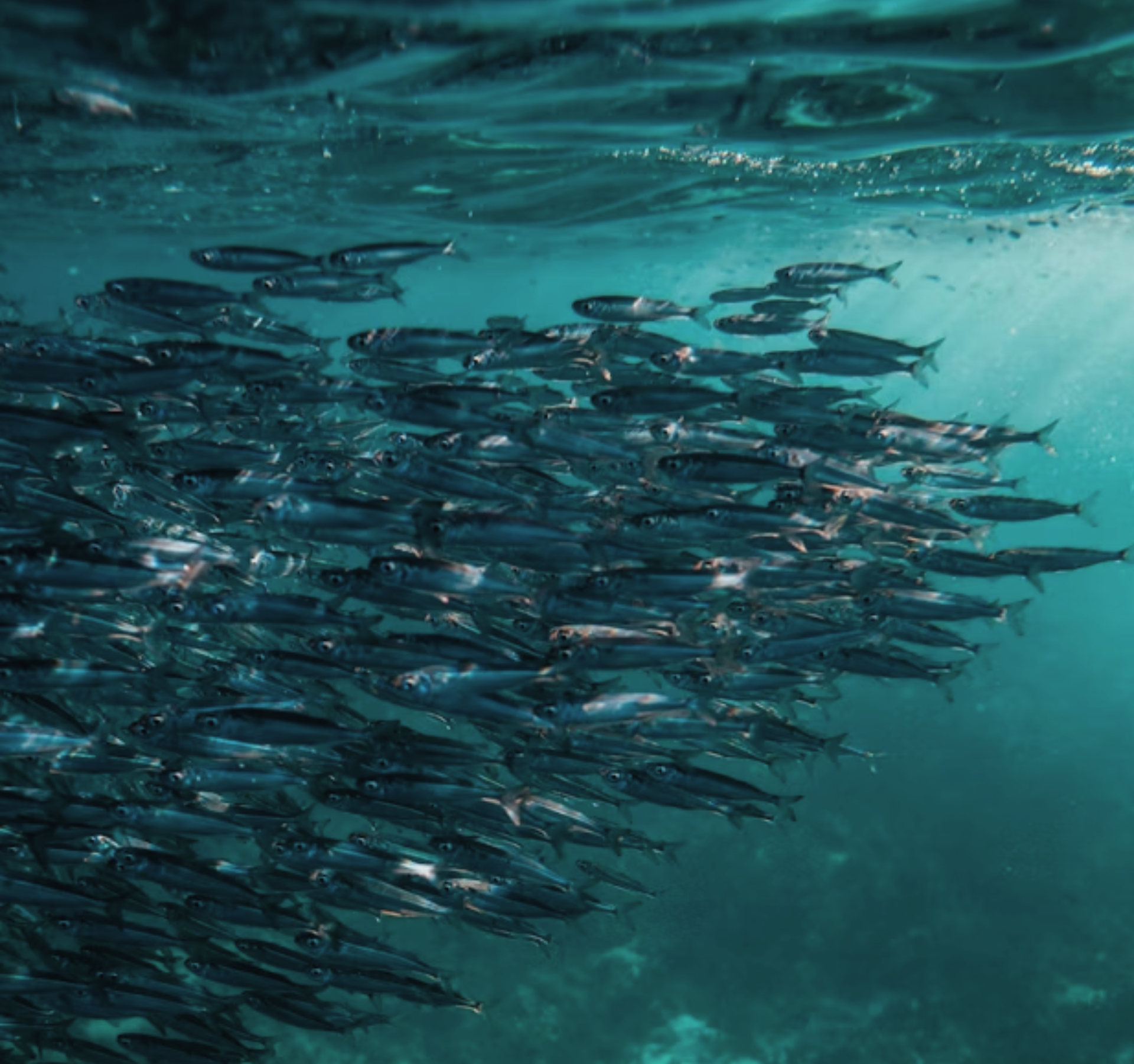Ocean Science

Enabling Smarter and Longer-Duration Ocean Research
The ocean covers more than 70% of our planet, shaping global climate, sustaining biodiversity and supporting livelihoods across a range of industries. Yet much of this vast and complex environment remains unexplored and poorly understood.
Advancing ocean science is essential for protecting marine ecosystems, understanding more about the marine environment and responding to the challenges of climate change. However, collecting reliable data from remote, dynamic and often hazardous ocean environments continues to pose significant challenges.
The Challenges of Ocean Research
- Remote, harsh environments: Difficult and costly to access.
- Short mission durations: Limited by battery life, with the need for frequent vessel visits.
- High carbon footprint: Traditional support relies on diesel-powered vessels.
- Data gaps: Retrieval delays lead to breaks in monitoring.
Maximising Subsea Data Collection Efficiency
Charge is a customisable, seabed-based, rechargeable battery unit that provides quick and dependable power delivery in the challenging marine environment.
As more data is collected, more power is required. With an enhanced level of capacity compared to traditional battery systems, Charge is revolutionising subsea monitoring and data collection by enabling longer durations or powering multi-sensor packaged systems. Equally, Charge can be deployed to power equipment in harsher environments where utilising long power cables is not feasible or when multiple retrievals are required to change batteries, but suitable weather windows are rare.
The system’s capabilities mean that your supply of data no longer needs to be curtailed by a lack of power.
Find out more about Charge!
Case Study: Environmental Monitoring
Verlume’s systems can optimise subsea data collection across the globe.
Verlume supplied a Charge system which was fitted within a customer supplied skid to provide consistent power for monitoring of the subsea environment in the Gulf of Mexico (Gulf of America).
This system was deployed in 2024 and allowed for 21 days of continuous operation with six hours of recharge time – Read case study here.